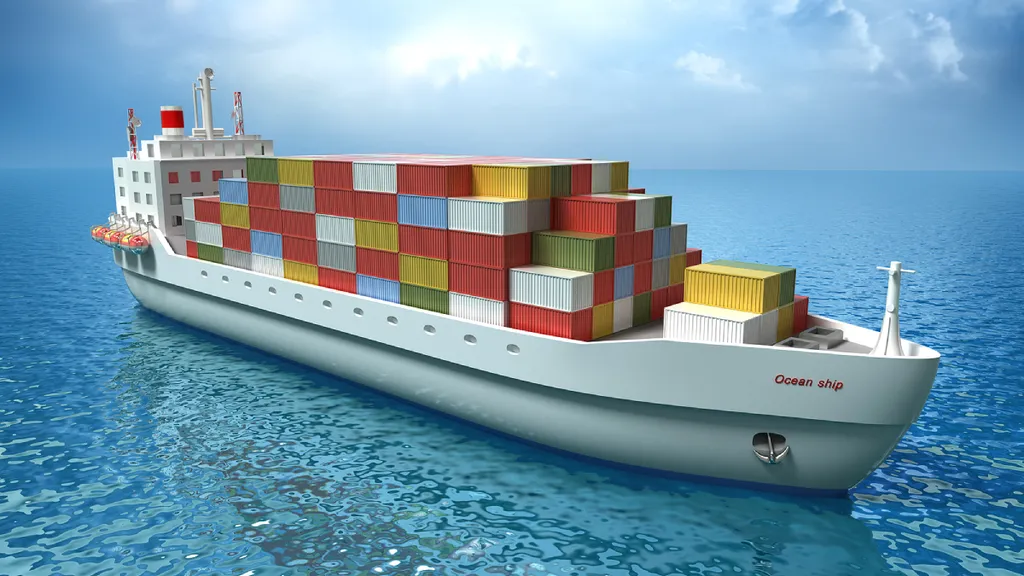Researchers from Japan’s National Maritime Research Institute (NMRI) have published a study that could reshape how autonomous ships are trained to berth and unberth. The team, led by Agnes N. Mwange and Yoshiki Miyauchi, analyzed full-scale ship maneuvering data to uncover discrepancies between real-world operations and existing simulation models. Their work highlights critical gaps in current modeling approaches, offering a roadmap for more accurate digital twins and autonomous systems.
The study focused on a comprehensive dataset of ship operations under varying conditions, including infrastructure layouts and environmental factors. By applying statistical techniques and time-series analysis, the researchers examined key variables such as approach speed, drift angles, turning motions, and proximity to obstacles. Their findings reveal significant deviations from established maneuvering models, particularly the widely used Mathematical Modeling Group (MMG) model. These discrepancies suggest that conventional models may not fully capture the complexities of real-world berthing and unberthing maneuvers.
One of the most striking insights from the study is the variability in actuator utilization during maneuvers. The data shows that real-world operations often require more nuanced adjustments than current models predict, particularly in response to dynamic environmental conditions. This could explain why some autonomous systems struggle with precise docking in real-world scenarios. By incorporating these empirical findings, developers could refine algorithms to better handle the unpredictability of port operations.
The implications for autonomous shipping are substantial. More accurate models mean better training for autonomous systems, reducing the risk of errors during critical maneuvers. The study also underscores the importance of high-quality data in developing digital twins—virtual replicas of ships that simulate real-world performance. As the maritime industry pushes toward autonomy, these insights could accelerate the adoption of safer, more efficient port operations.
Beyond autonomy, the research offers practical applications for port infrastructure planning. By understanding how ships maneuver in different conditions, port authorities can optimize berth layouts and reduce the risk of collisions or delays. The study also provides a framework for improving captive model tests, which are used to validate maneuvering models before deployment. By refining these tests, the industry can ensure that new models are grounded in real-world performance data.
The NMRI team’s work serves as a call to action for the maritime industry. As autonomous technologies advance, the need for accurate, data-driven models becomes increasingly urgent. This study provides a foundation for bridging the gap between simulation and reality, paving the way for safer, more reliable autonomous shipping. Read the original research paper here.

